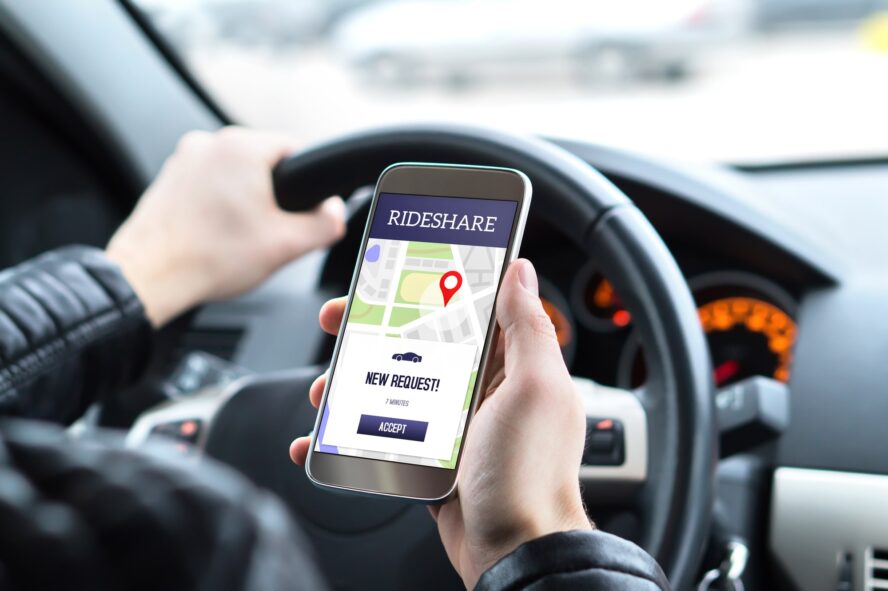Understanding Uber Accident Liability
In the evolving landscape of ridesharing, Uber has become an integral part of modern transportation. However, with the convenience of this service comes the potential for accidents, leaving passengers, drivers, and other parties involved grappling with questions of liability. If you’ve found yourself struggling to get compensation after being hit by an Uber driver, an Uber accident lawyer, like our friends at The Eskesen Law Firm, can help unravel he mess. Today, they’re talking about complications with liability in these types of claims.
1. Determining Responsibility
The circumstances leading to the accident, the actions of all parties, and adherence to traffic laws are critical factors in determining the liable party or parties. Liability may rest with the Uber driver, another driver involved, or even Uber itself.
2. Uber’s Insurance Policies
Uber provides insurance coverage for its drivers, but the extent of coverage depends on the driver’s status at the time of the accident. There are three key periods in an Uber trip, each with its own insurance coverage:
- Period 1: The app is on, but the driver has not accepted a ride request.
- Period 2: The driver has accepted a ride request and is en route to pick up the passenger.
- Period 3: The passenger is in the car, and the trip is in progress.
Uber’s insurance coverage during each period includes liability coverage for bodily injury and property damage, contingent comprehensive and collision coverage, and uninsured/underinsured motorist coverage. If the driver isn’t logged onto to the app, then they are a private driver, and their own auto insurance policy covers any damages after a wreck.
3. Period 1: Contingent Liability Coverage
During Period 1, Uber provides contingent liability coverage. This coverage applies if the driver’s personal auto insurance does not cover the accident.
Contingent liability coverage may include up to $50,000 per person for bodily injury, $100,000 per accident for bodily injury, and $25,000 per accident for property damage.
4. Periods 2 and 3: Uber’s Full Insurance Coverage
Once a ride request is accepted and the passenger is in the car (Periods 2 and 3), Uber’s full insurance coverage comes into play. This includes up to million in liability coverage for third-party bodily injury and property damage, as well as comprehensive and collision coverage for the driver’s vehicle.
6. Third-Party Liability
Determining the liability of other drivers involved in the accident is crucial, especially in multi-vehicle collisions. If another driver is at fault, their insurance may be responsible for compensating Uber passengers or drivers for injuries and damages.
7. Challenges In Determining Liability
The complexities of Uber accident liability often lead to disputes and challenges. Establishing fault, especially in accidents involving multiple parties or unique circumstances, requires a thorough investigation. Gathering evidence, such as witness statements, police reports, and any available video footage, is crucial in building a strong case.
Whether you are a passenger, an Uber driver, or another party involved in an accident, seeking legal guidance from an experienced Uber accident lawyer is essential. With the nuances of rideshare accident cases, having a legal advocate who understands the intricacies of Uber’s insurance policies makes a significant difference in obtaining fair compensation for injuries and damages.


